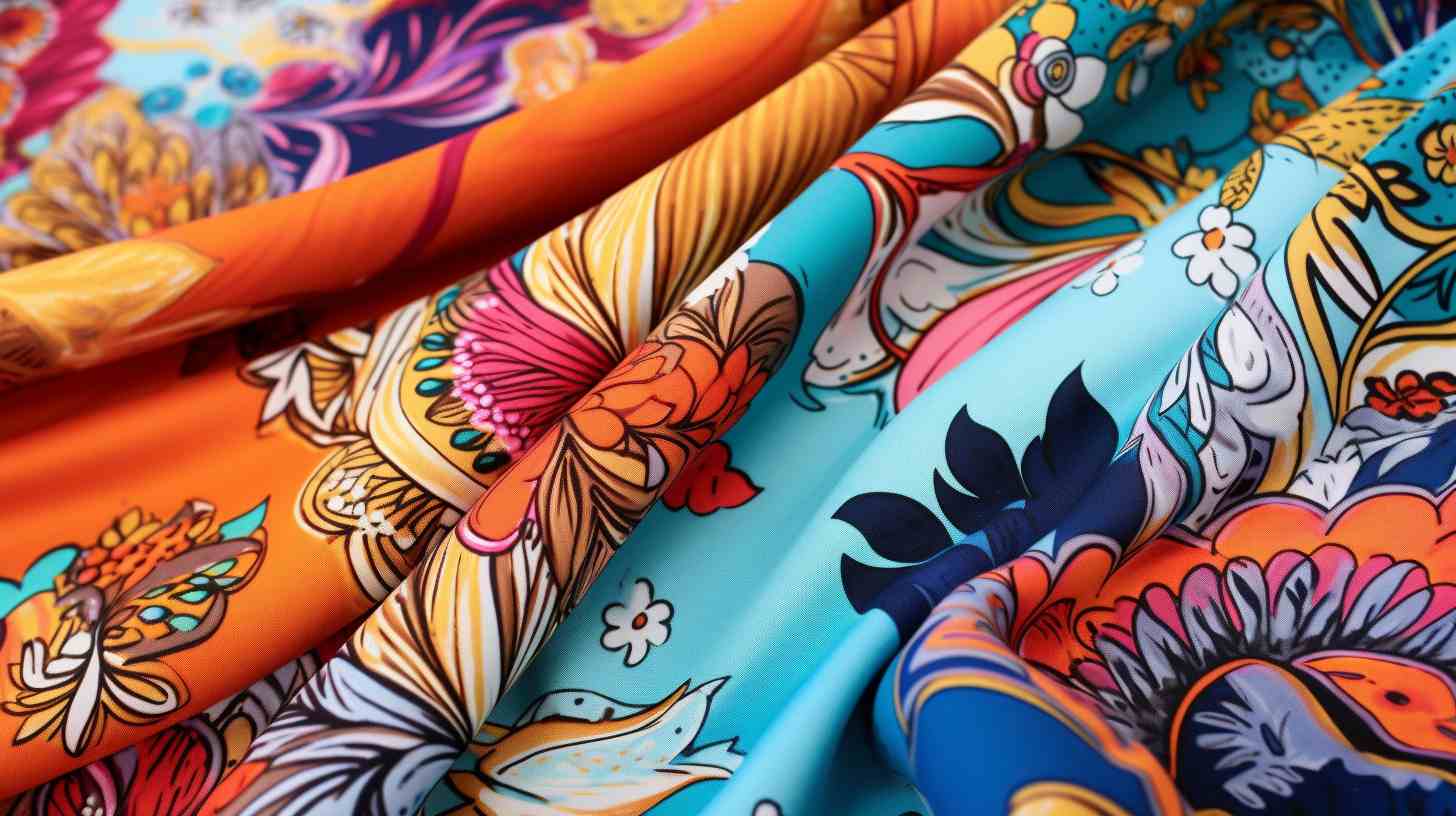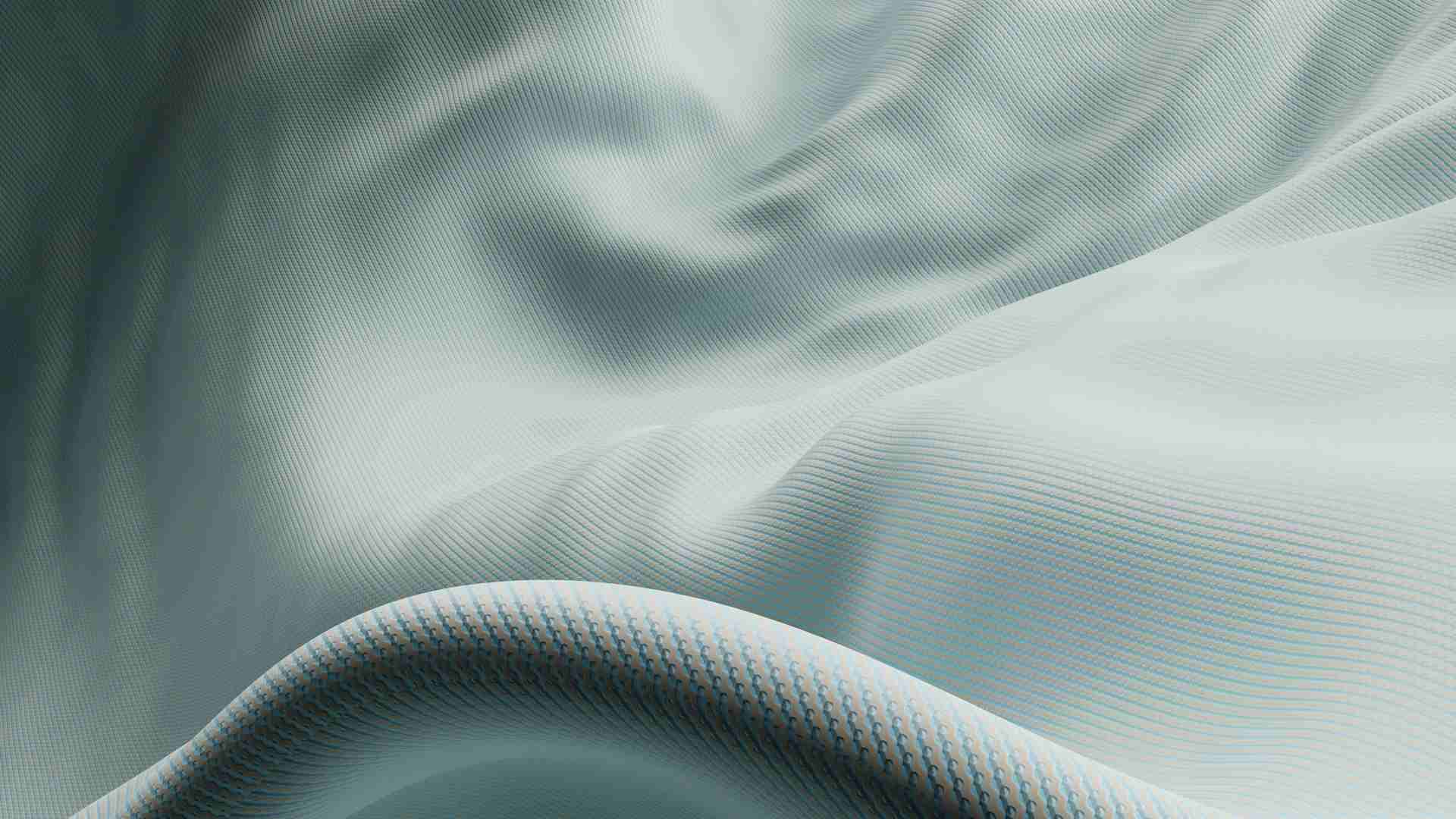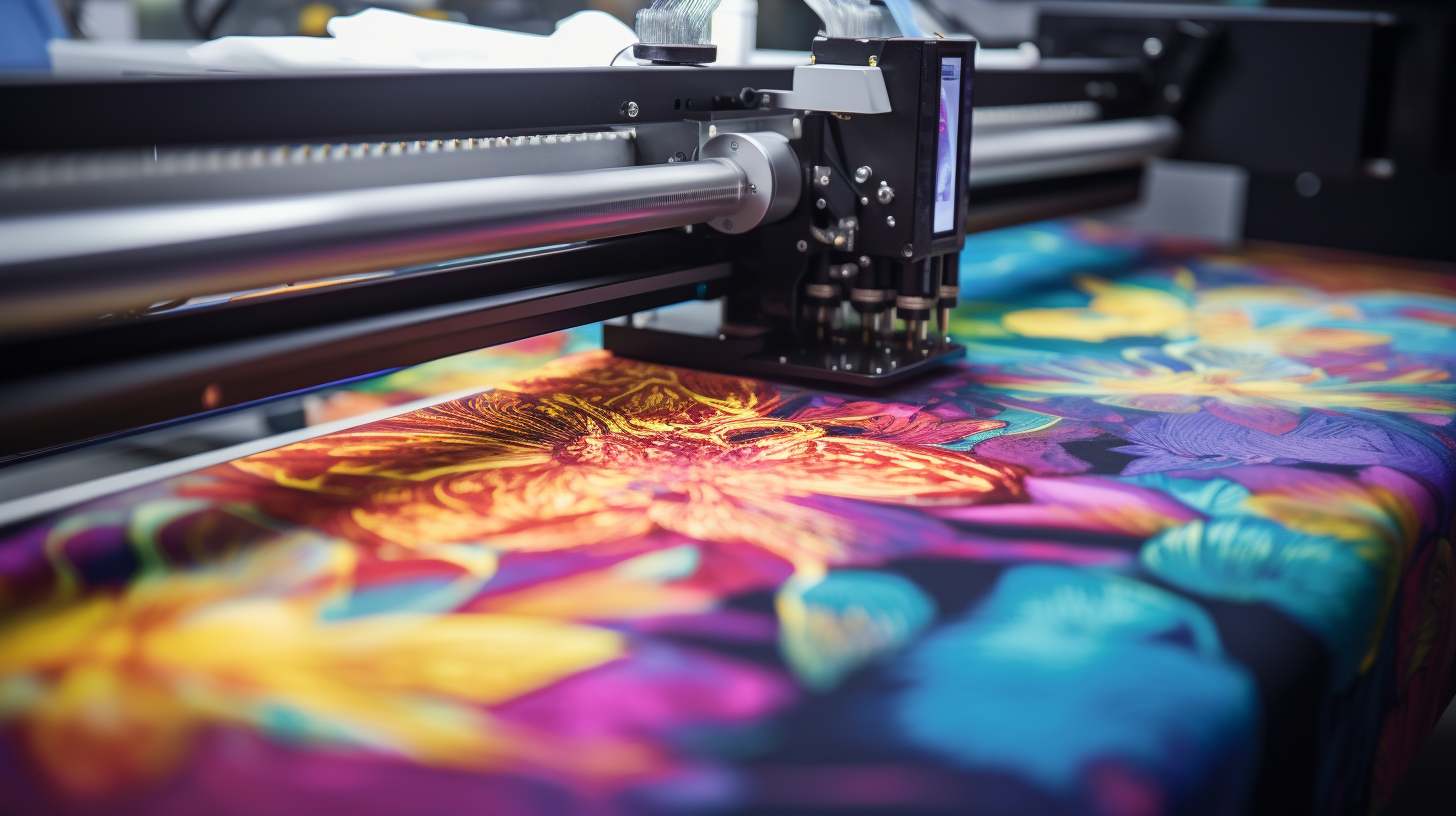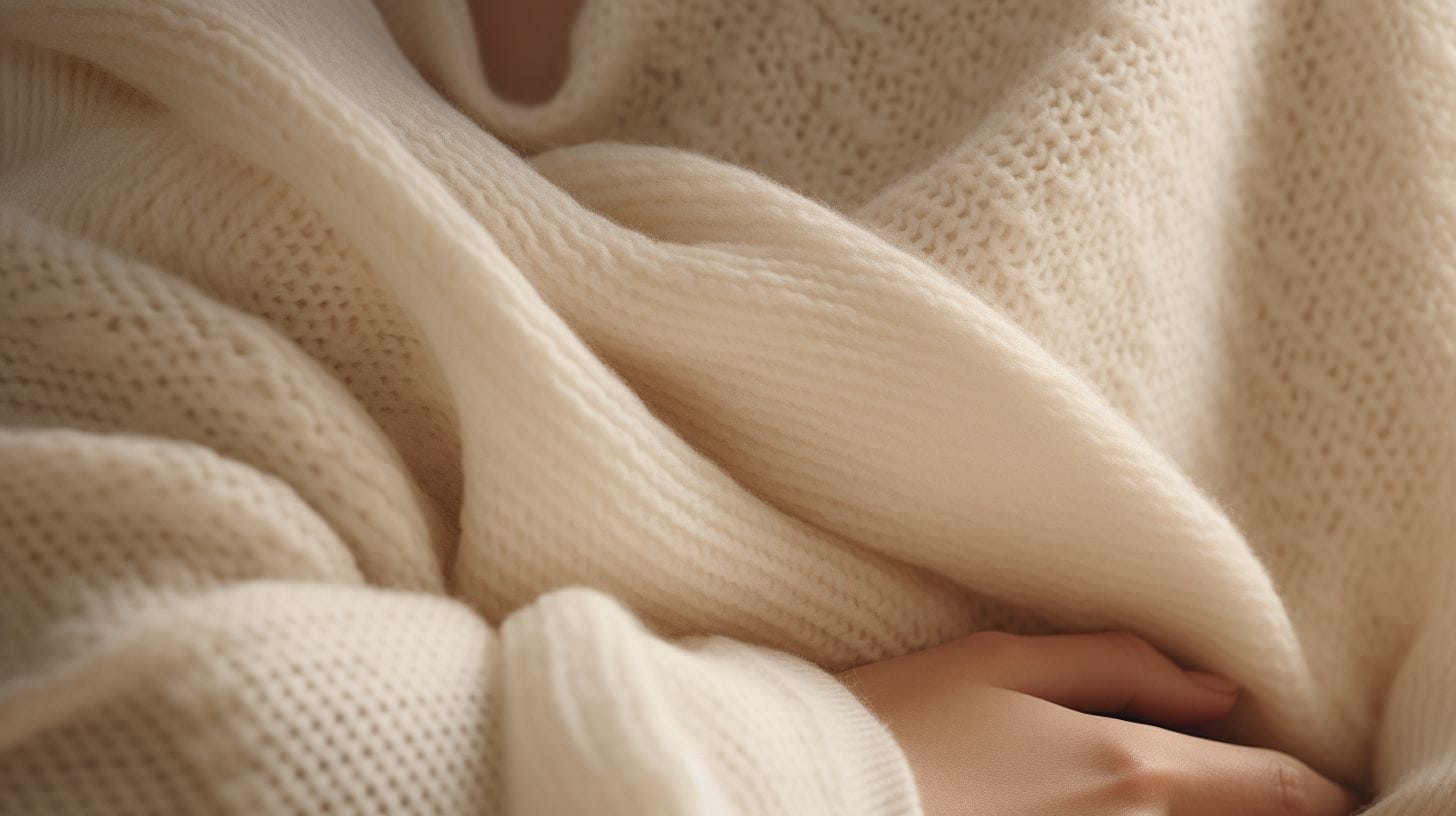Looking for a way to take your designs to the next level? Look no further than sublimation printing on fabric! This innovative process allows for vibrant, high-definition prints that are sure to catch the eye. Whether you’re in the business of creating custom apparel, promotional products, or decorative textiles, sublimation opens up a world of possibilities for your designs.
But choosing the right fabric is crucial for achieving optimal results. With a vast selection of fabrics designed for sublimation, we can help you find the perfect fabrics for sublimation.
So, get ready to unleash your creativity and bring your vision to life in stunning, vivid color. With the right fabric, the possibilities are endless.
What is Dye Sublimation Printing?

Dye-sublimation printing is a cutting-edge technique that creates vivid, long-lasting color on fabric. This process involves using heat to transfer dye onto materials like polyester or other synthetic fabrics.
It’s not just the intensity of color that makes this method stand out. Designs printed with this technology don’t peel off, crack, or wash away easily. The key to its success lies in the science behind it. Sublimated ink turns into gas when heated and then bonds with the fabric at a molecular level.
In dye sublimation printing, high-quality transfers require fabric content to comprise at least 40% polyester. Other fabrics, such as cotton, are less effective. Because their structure doesn’t allow for proper absorption and bonding of dye particles during the heating stage.
Beyond giving life-like prints on your favorite apparel or home decor items, sublimation printing also leaves no discernible texture. So your finished product remains as soft and flexible as before!
Understanding the Dye Sublimation Printing Process
Dive into the fascinating world of the dye sublimation printing process, where your designs seamlessly blend with the fabric. Let’s break down the steps:
- Start by selecting a suitable image or design.
- The chosen design is initially printed on sublimation paper using sublimation ink.
- This specially treated paper is then laid onto your chosen fabric, which should contain at least 40% polyester for high-quality transfers.
- Heat and pressure are applied via a heat press machine.
- The heat causes the sublimation ink to turn into gas, bypassing the liquid state.
- The gaseous ink bonds directly with the fabric fibers, thanks to the polymer content in polyester and synthetic fabrics like nylon or spandex.
- Once cooled, the bonded design becomes part of the fabric itself. It won’t peel off or fade away.
3 Best Fabrics for Sublimation Printing
When it comes to dye sublimation, the best fabrics to use are typically those with a high polyester content. Synthetic fibers also yield impressive results, while cotton can be used with additional processes for a satisfactory outcome.
Polyester Fabric

Polyester stands out as the go-to fabrics for sublimation printing, owing to the specific attributes and advantages it provides. The core reason lies in its high polymer content, which opens up when exposed to heat.
This characteristic enables the sublimation ink dye to penetrate efficiently and bond firmly with the material. The end result is a vivid, long-lasting print with impressive detail.
In comparison to 100% polyester, blends often receive preference for their enhanced comfort and resilience without compromising on quality transfers. These materials retain most of polyester’s desirable features while adding traits from other fabrics.
Importantly, regardless of type or blend, fabrics used for this process should contain at least 40% polyester to ensure high-quality image transfer during sublimation printing.
Continue our discussion on optimal material choices for sublimation printing. Synthetic fibers also offer suitable alternatives due to their inherent strength and overall durability.
Synthetic Fibers

Synthetic fibers, such as nylon, rayon, lycra, and spandex, are gaining popularity in the sublimation printing world. They present an excellent alternative for those who want something different from polyester.
These kinds of synthetic fabrics possess properties ideal for dye sublimation printing. They can withstand the high temperatures used in this printing method.
Holding a lower burn temperature than natural fibers makes them safe to use with sublimate printers. An added benefit is that blending synthetic fibers with cotton results not only in successful print outcomes but also increases comfort for wearers.
Artists exploring new mediums should consider utilizing fabrics made of these flexible and adaptive materials in their projects. The innovation of synthetic fiber blends opens up new opportunities beyond the traditional bounds of 100% polyester or coated cotton.
Cotton with Additional Processes

Treating cotton with specialized coatings opens the door for successful sublimation printing on this type of fabric. However, these extra steps can affect print quality. The end result might not be as vibrant or long-lasting compared to sublimation done on polyester or synthetic fabrics.
Thus, while possible, using cotton in sublimation printing requires careful consideration and specific processes to uphold print standards.
Pros and Cons of Each Sublimation Fabric Type
Each fabric type used in sublimation printing has its own unique pros and cons. Let’s look at them in detail.
| Fabric Type | Pros | Cons |
|---|---|---|
| Polyester | Due to its strong chemical bond with the dye, it produces high-quality and durable prints. Blending polyester with other fabrics can increase comfort and durability. | 100% polyester may not be the most comfortable fabric to wear. Fabrics with less than 40% polyester content may not produce high-quality transfers. |
| Synthetic Fibers (Nylon, Rayon, Lycra, Spandex) | These materials are strong and durable. When blended with cotton, they can increase comfort while maintaining quality prints. | Some synthetic fibers may not bond as well with the dye, affecting the print quality. |
| Cotton with Additional Processes | Using specialized coatings, cotton can be made suitable for sublimation printing, offering the comfort of cotton apparel. | Printing quality may be affected when using these coatings, and cotton does not naturally bond with sublimation dyes well. |
Choosing the right type of fabric for your sublimation printing needs depends on your specific requirements, such as the desired comfort level, durability, and print quality.
Conclusion: Choosing the Best Fabric for Your Sublimation Printing Needs
Selecting the ideal fabric for sublimation printing can make a significant difference in your project’s final outcome. Polyester and synthetic fibers are top choices due to their dye bonding abilities, durability, and longevity.
Always remember that understanding the qualities of each fabric type will greatly aid you in making an informed decision. So choose wisely and let your creative ideas become vibrant realities on fabric with sublimation printing!
FAQs
1. What is sublimation printing? What types of fabric are best for it?
Sublimation printing is a digital printing process that uses heat to transfer dye onto materials like fabric. The best fabrics for this process are synthetic ones, particularly polyester.
2. Can I use cotton fabric for sublimation printing?
Yes, you can sublimate cotton fabrics. But they may not produce the same results as synthetic fabrics with a high polyester content due to how the dye bonds during the gaseous state of the process.
3. Is there a specific type of ink used in sublimation printing?
Dye sublimation ink is used in this transfer printing technique. Because when heated, it turns into gas, which then permeates the fibers of the fabric, creating high-quality prints.
4. Does dye sublimation require specialized printers or paper?
Yes. You need specialized printers, along with dedicated sublimation paper or transfer paper. They make sure that print quality and color precision are maintained in this unique heat-transfer method.
5. Are there any other materials suitable for dye sublimation besides fabrics?
While primarily done on textiles, including nylon and spandex, other items that have a polymer coating or are made from polymers can also be used. But you need to ensure they can withstand the high heat required by this method.
6. How do I achieve the best results when using dark fabrics?
To get optimal results on dark fabrics, choose specially designed, higher-opacity transfer papers. They will ensure vibrant colors and sharp contrast while working with your chosen design.
Learn more fabric knowledge on Longan Craft Blog! Dive into the fabric world with Longancraft!






